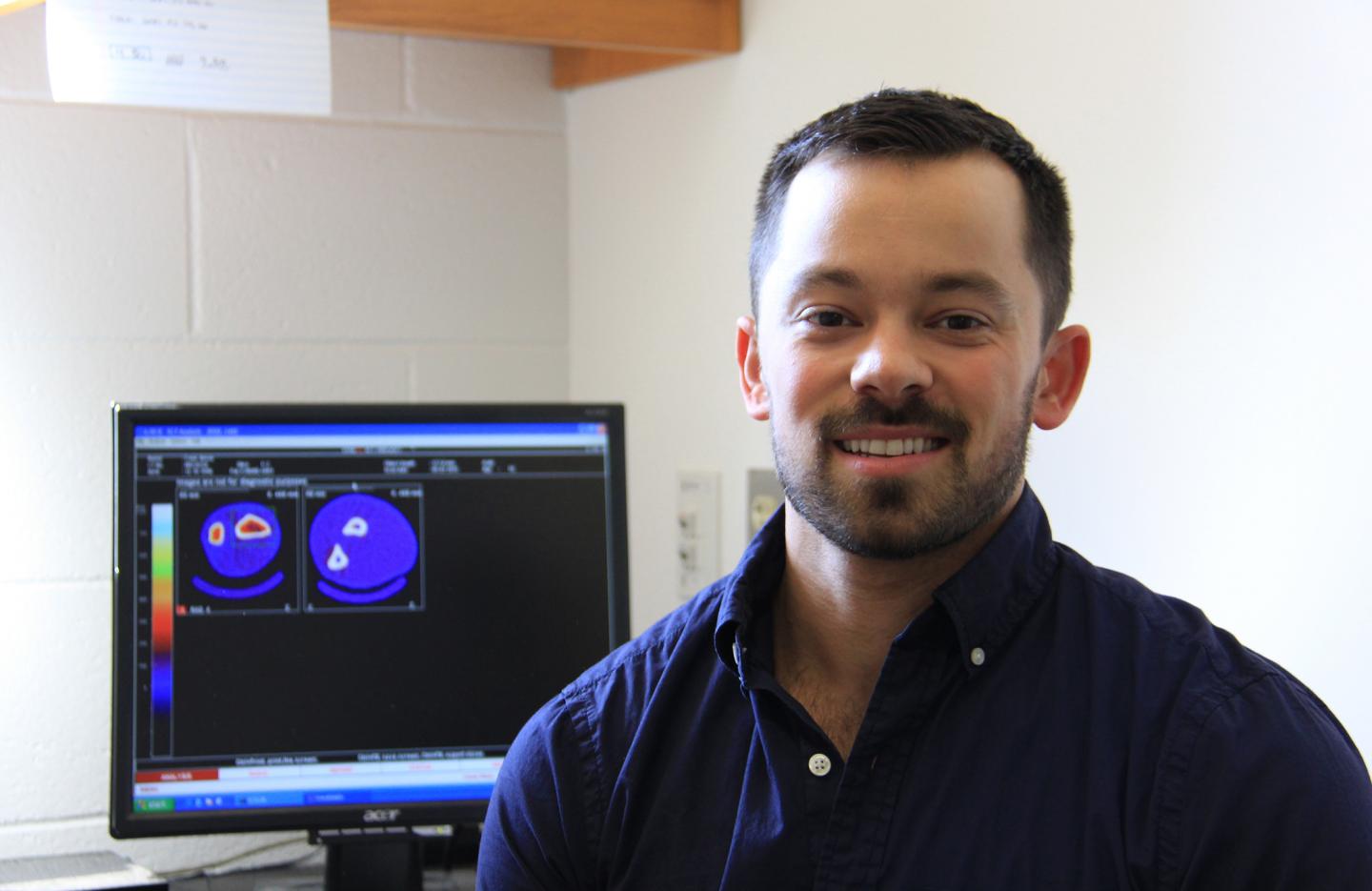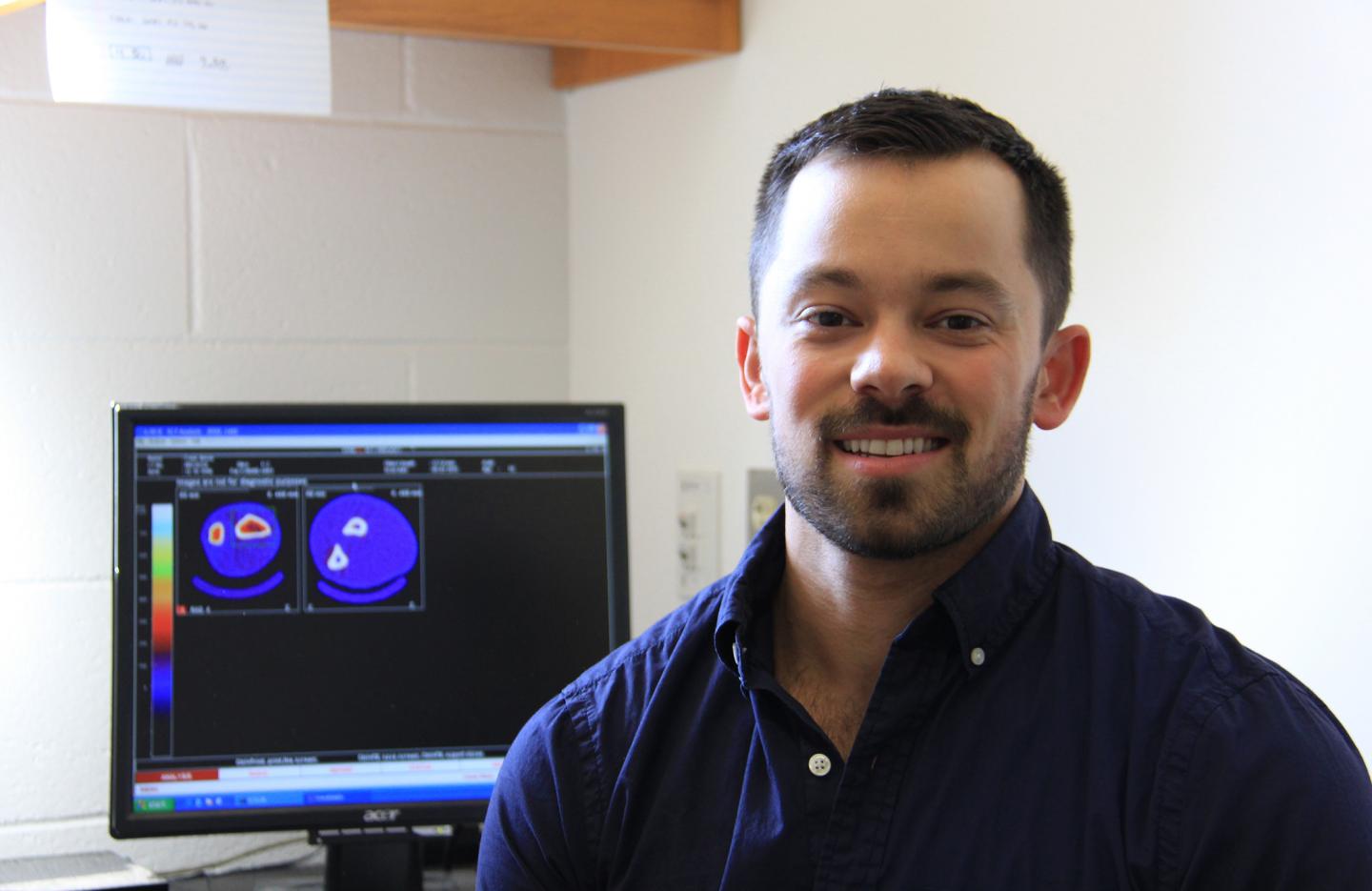
Athens, Ga. – Studies have shown that obese children tend to have more muscle, but recent University of Georgia research on the muscle and bone relationship shows that excess body fat may compromise other functions in their bodies, such as bone growth.
In a literature review, lead author Joseph Kindler studied how muscle can influence different characteristics of bone geometry and strength in children. The review was published in the journal Current Opinion in Endocrinology, Diabetes and Obesity.
For this particular review, researchers were interested in looking at the geometry of bones–the measures of size and strength of the bone–particularly for children and adolescents. Kindler pulled together previously published findings to give an up-to-date look at how muscle influences bone geometry and bone strength during youth. The role of fat in these relationships was also investigated.
Based on the research they gathered, muscle was a strong contributor to bone growth throughout childhood and adolescence. However, this relationship may differ in children with greater body fat.
"It's a common understanding that, in children, muscle is a very strong determinant of how bone is going to grow," said Kindler, a doctoral candidate at UGA's College of Family and Consumer Sciences' department of foods and nutrition. "Obese children will tend to have more muscle, so we would suspect that they would also have larger, stronger bones."
What researchers found during the review was less clear.
The excess fat that accompanies obesity can be deposited within the muscle. There is emerging evidence that suggests this fat within the muscle may have an effect on how the bone grows, according to the review. Understanding how excess fat, specifically that within the muscle, can influence the muscle and bone relationship in children is still under investigation, but there is clearly a connection, Kindler said.
"It's an emerging area of research," he said.
Kindler typically studies the different ways to measure bone–bone geometry being less studied than the commonly reported bone density. With bone geometry, researchers are able to determine the spatial distribution of the bone and how tightly packed an individual's bone mineral content is in his or her body.
These bone geometric features can tell researchers just how strong a bone is.
"These were the skeletal characteristics we were looking for in this review, particularly in children," Kindler said.
In the study, they also identified where gaps in research still remain.
"This paper summarizes the literature that's been published. We know that muscle is such an important contributor to bone development," Kindler said. "But it also shows that our understanding of how fat influences these relationships is still unclear."
The authors hope to use the review to identify and fill holes in these research gaps, particularly understanding these problems in children.
"One of our major goals is to understand how obesity-related conditions, like the progression of Type 2 diabetes, can influence muscle and bone growth in children," Kindler said.
Because of the potential harmful connection between body fat and bone growth, Kindler recommends that children strive to live a healthy lifestyle through proper diet and physical activity.
###
Additional study co-authors are Richard Lewis, a professor of foods and nutrition at UGA's College of Family and Consumer Sciences, and Mark Hamrick, a professor of cellular biology and anatomy at Georgia Regents University.
The study, "Skeletal muscle and pediatric bone development," is available online at http://www.ncbi.nlm.nih.gov/pubmed/26414082.





